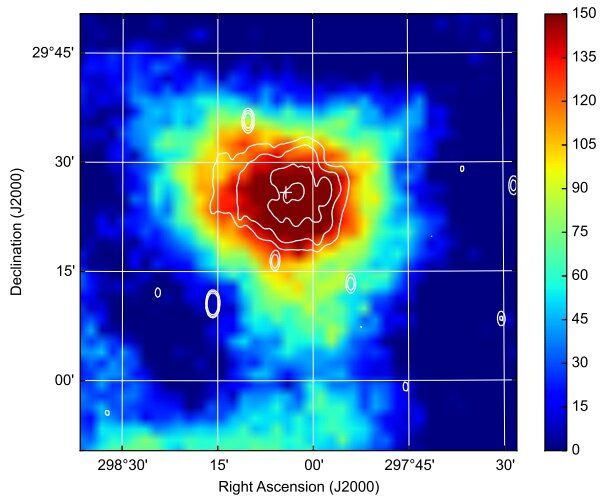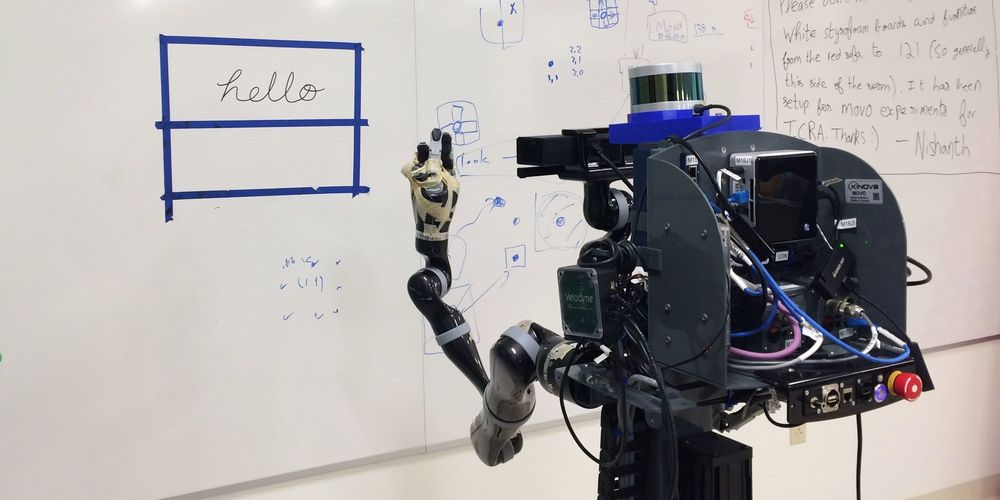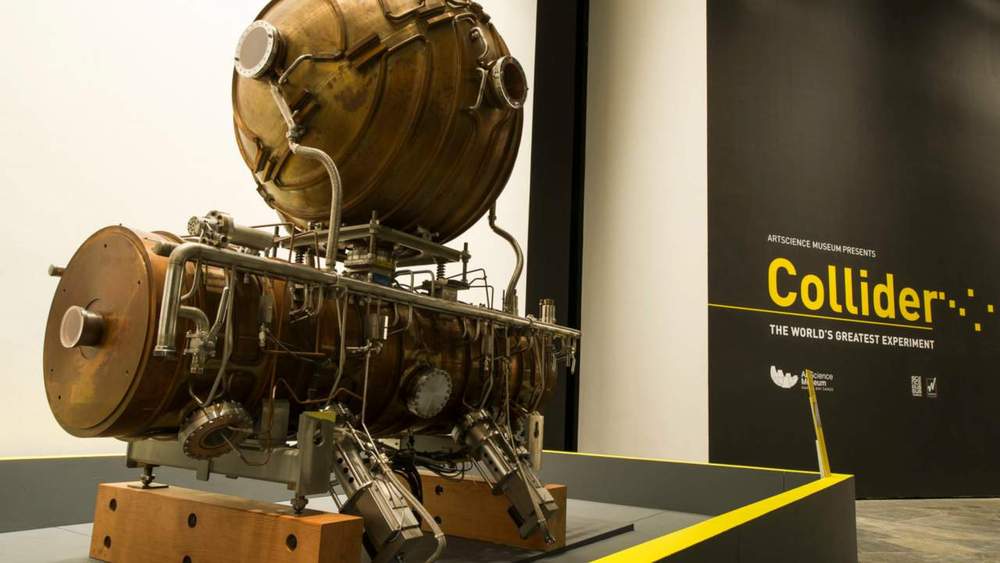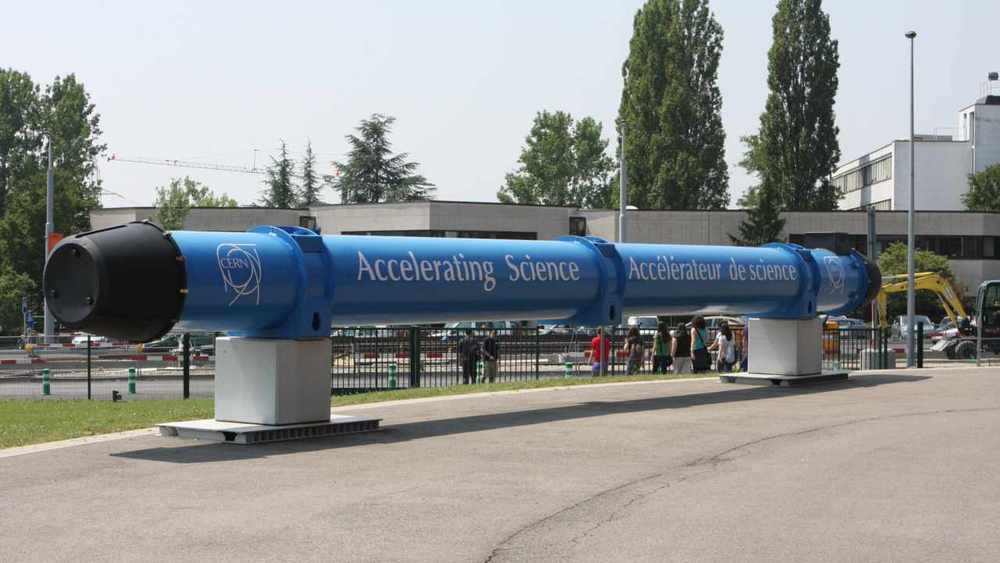Wood has a series of tiny structures inside that are used to carry water and nutrients to all parts of a living tree. Scientists have now figured out how to harness those same small structures to keep a home cool. Researchers at the University of Maryland and the University of Colorado Boulder say that the material could save 20% in AC bills.
Astronomers have carried out a multiwavelength investigation of a pulsar wind nebula (PWN), designated DA 495, to unveil its mysterious physical nature. Results of the study, based on observations using HAWC and VERITAS ground-based observatories as well as NASA’s NuSTAR spacecraft, are presented in a paper published May 17 on arXiv.org.
Pulsar wind nebulae (PWNe) are nebulae powered by the wind of a pulsar. Pulsar wind is composed of charged particles; when it collides with the pulsar’s surroundings, in particular with the slowly expanding supernova ejecta, it develops a PWN.
Particles in PWNe lose their energy to radiation and become less energetic with distance from the central pulsar. Multiwavelength studies of these objects, including X-ray observations, especially using spatially-integrated spectra in the X-ray band, have the potential of uncovering important information about particle flow in these nebulae. This could unveil important insights into the nature of PWNe in general.
Scientist have just discovered that, at an atomic level, these elements have both liquid and solid states, giving context to what may be hidden in the cores of celestial bodies.
A New State of Water Reveals a Hidden Ocean in Earth’s Mantle — https://youtu.be/pgm4z8vJVVk
On the chain-melted phase of matter
https://www.pnas.org/content/116/21/10297
“We develop here a classical interatomic forcefield for the element potassium using machine-learning techniques and simulate the chain-melted state with up to 20,000 atoms. We show that in the chain-melted state, guest-atom correlations are lost in three dimensions, providing the entropy necessary for its thermodynamic stability.”
Elements can be solid and liquid at same time
https://www.ed.ac.uk/news/2019/elements-can-be-solid-and-liquid-at-same-time
“A team led by scientists from the University of Edinburgh used powerful computer simulations to study the existence of the state – known as the chain-melted state. Simulating how up to 20,000 potassium atoms behave under extreme conditions revealed that the structures formed represent the new, stable state of matter. Applying pressure to the atoms leads to the formation of two interlinked solid lattice structures, the team says.”
Information on Alkali Metals
“Alkali metals react with water to produce heat, hydrogen gas, and the corresponding metal hydroxide. The heat produced by this reaction may ignite the hydrogen or the metal itself, resulting in a fire or an explosion. The heavier alkali metals will react more violently with water.“
____________________
Elements is more than just a science show. It’s your science-loving best friend, tasked with keeping you updated and interested on all the compelling, innovative and groundbreaking science happening all around us. Join our passionate hosts as they help break down and present fascinating science, from quarks to quantum theory and beyond.
The philosopher John Locke, who believed that true knowledge of the world could only stem from sensory experiences, thought that blind individuals could never understand the concepts of light and color. Locke, it turns out, was wrong. In a recent PNAS study, blind people demonstrate that they do understand what sighted people process through vision, proving that “visual” ideas don’t actually require sight.
In the study published Tuesday, scientists demonstrated how blind people make visual sense of what they cannot see. While previous studies suggested that the most efficient way for a blind person to know that, say, a flamingo is pink, is to memorize that fact, this study demonstrates that blind people instead look at the world like scientists and make sense of the visual world through a catalogue of clues.
“First-person experience isn’t the only way to develop a rich understanding of the world around us,” co-author and Johns Hopkins doctoral candidate Judy Kim explains. “People often have the intuition that we can’t know what we can’t see.”
Some research topics, says conventional wisdom, a physics PhD student shouldn’t touch with an iron-tipped medieval lance: sinkholes in the foundations of quantum theory. Problems so hard, you’d have a snowball’s chance of achieving progress. Problems so obscure, you’d have a snowball’s chance of convincing anyone to care about progress. Whether quantum physics could influence cognition much.
Quantum physics influences cognition insofar as (i) quantum physics prevents atoms from imploding and (ii) implosion inhabits atoms from contributing to cognition. But most physicists believe that useful entanglement can’t survive in brains. Entanglement consists of correlations shareable by quantum systems and stronger than any achievable by classical systems. Useful entanglement dies quickly in hot, wet, random environments.
Brains form such environments. Imagine injecting entangled molecules A and B into someone’s brain. Water, ions, and other particles would bombard the molecules. The higher the temperature, the heavier the bombardment. The bombardiers would entangle with the molecules via electric and magnetic fields. Each molecule can share only so much entanglement. The more A entangled with the environment, the less A could remain entangled with B. A would come to share a tiny amount of entanglement with each of many particles. Such tiny amounts couldn’t accomplish much. So quantum physics seems unlikely to affect cognition significantly.
Humans may not be able to burp properly in space, but we can now edit a genome. For the first time, astronauts aboard the International Space Station (ISS) have used CRISPR-Cas9 to edit the DNA of brewer’s yeast.
The goal wasn’t to create super space yeast. The astronauts were studying how DNA repair mechanisms work in space, so they snipped through strands of the fungus’s genetic code in a number of places to mimic radiation damage.
“The damage actually happens on the space station and the analysis also happens in space,” said Emily Gleason of miniPCR Bio, the company that designed the DNA lab aboard the ISS. “We want to understand if DNA repair methods are different in space than on Earth.”
The science exhibition, which goes by the name “Vigyan Samagam”, will highlight India’s contributions to some of the world’s biggest science projects. It is a jointly-funded effort by the Department of Atomic Energy (DAE) and the Department of Science & Technology (DST).
While in India, the CERN exhibit will be bilingual — in English and Hindi for the public to make the most of.
A volcano erupted on the Indonesian island of Bali Saturday, sending ash into the sky over surrounding villages and lava pouring down its sides.
The island’s Mount Agung put national agencies on notice, causing some flight cancellations but no reported casualties with the eruption, which reportedly spread lava and incandescent rocks over about two miles.
The national disaster agency said Mount Agung’s eruption lasted four minutes and 30 seconds, according to multiple reports.










